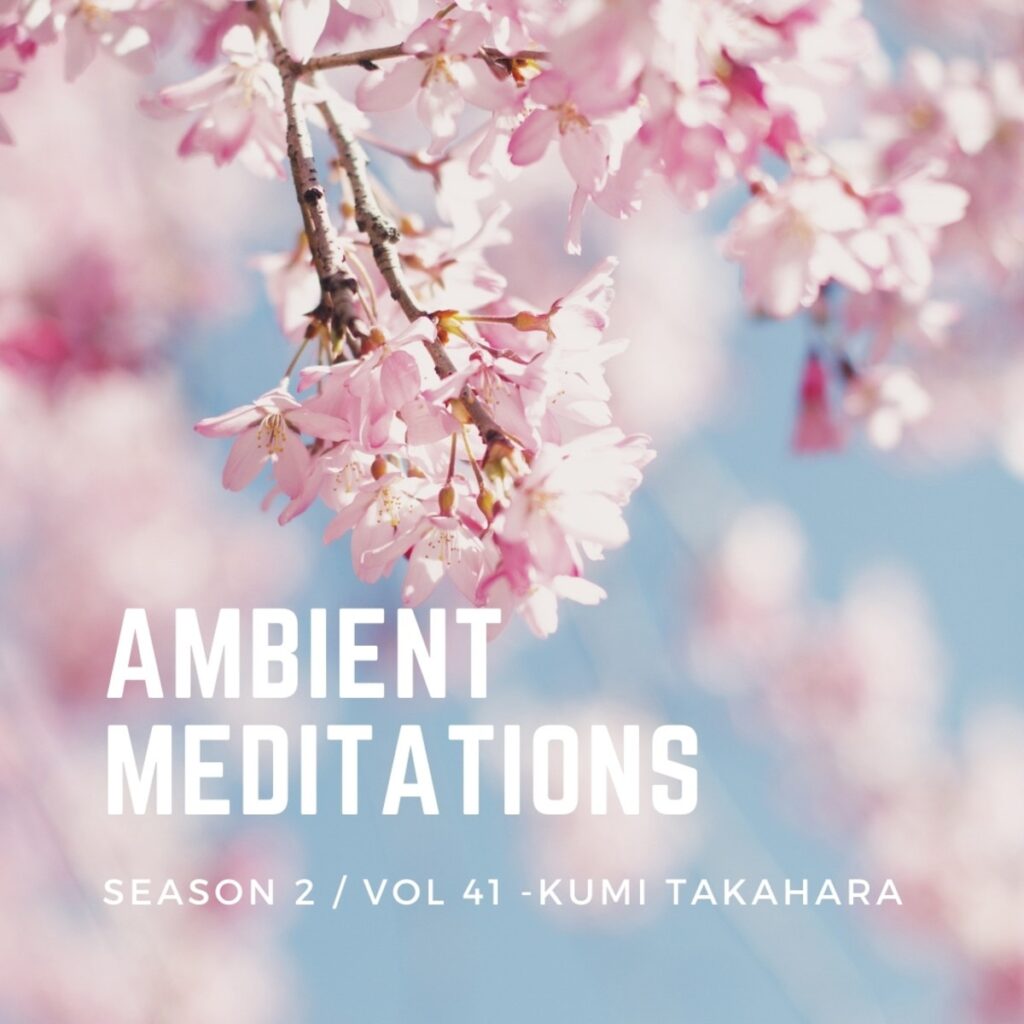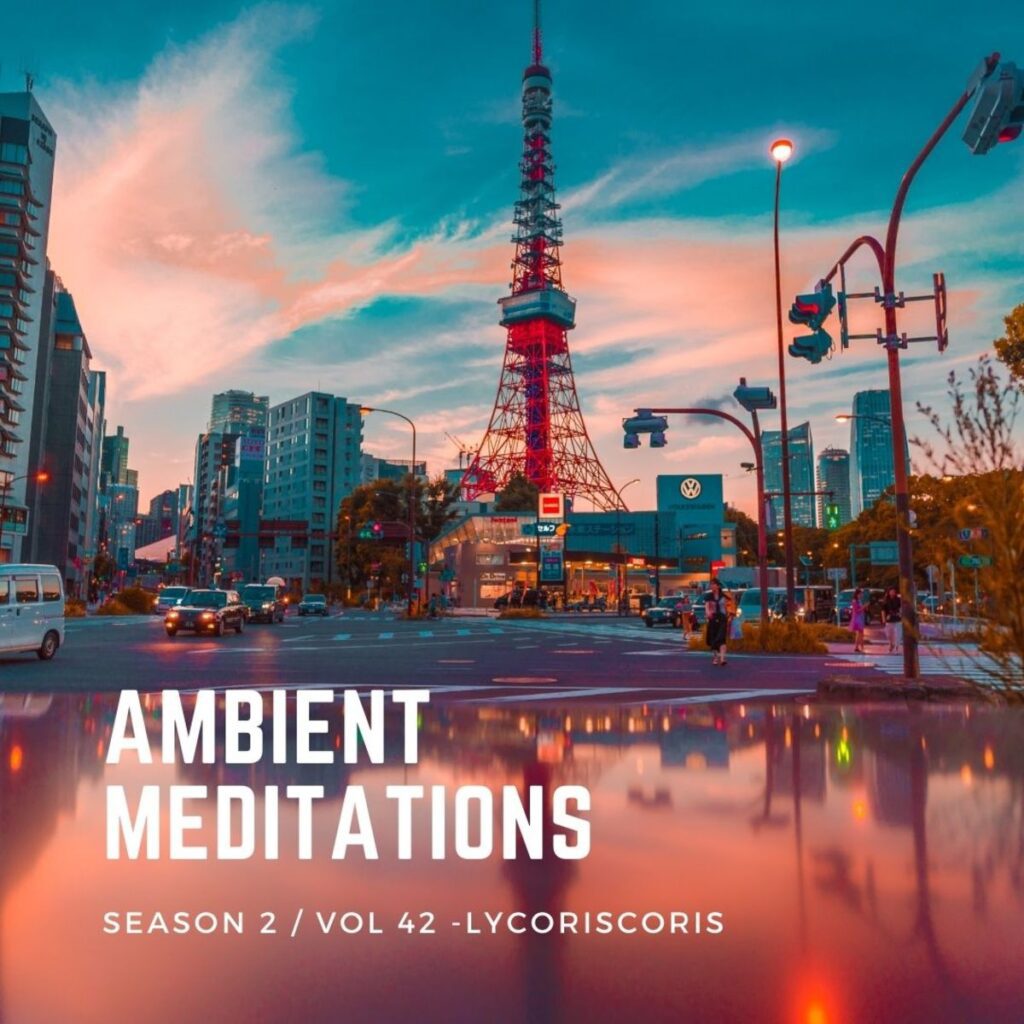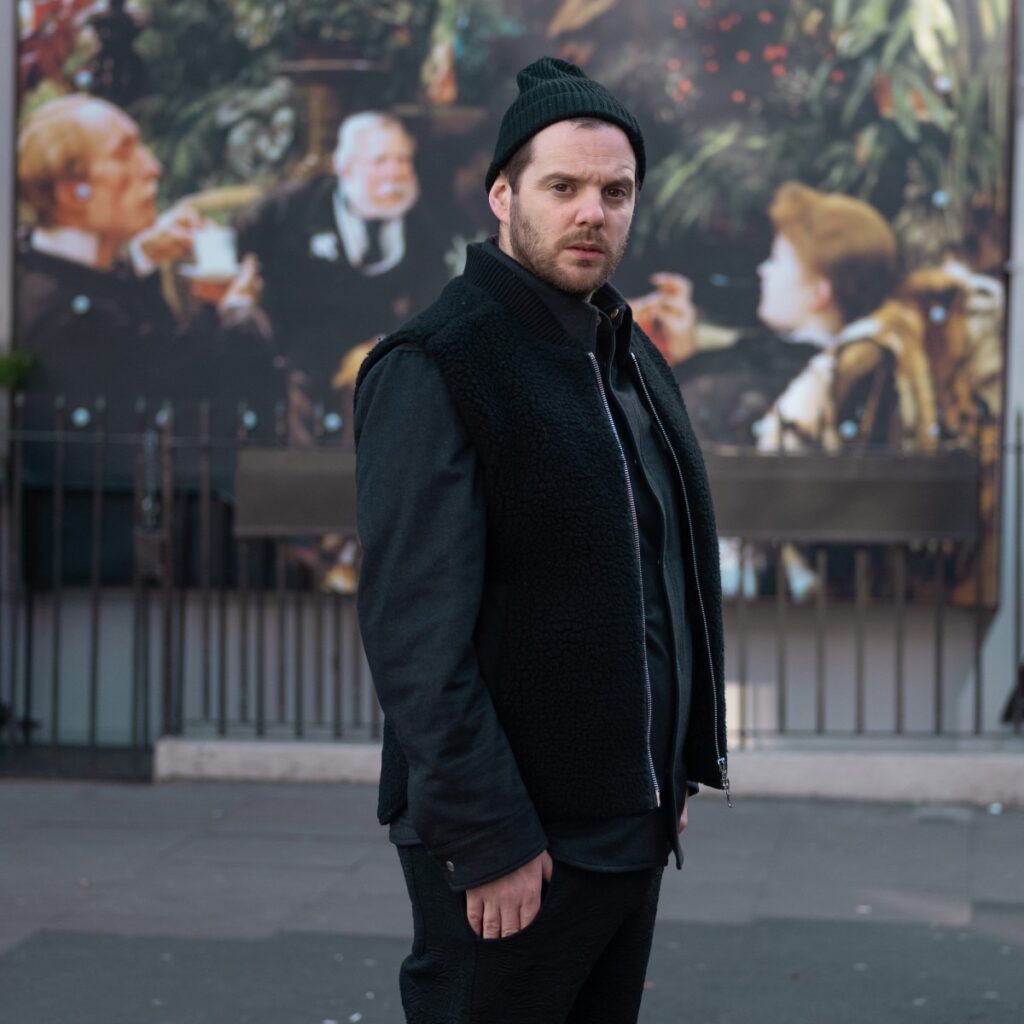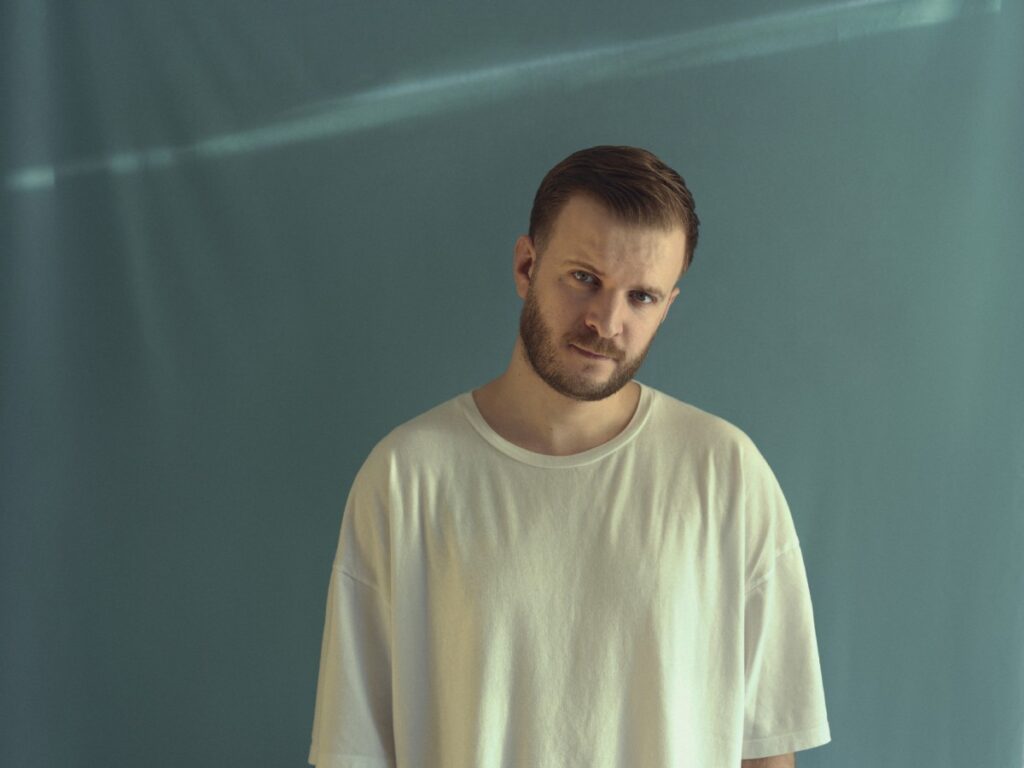Our complete podcast series is available on these fine platforms and on Mixcloud + Soundcloud – below at the end of the post is our complete Ambient Meditation Series and Spotify Playlist that is updated weekly:
Apple Podcasts | Google Podcasts | Acast | TuneIn | Pocket Casts | Breaker | Stitcher
Ambient Meditations Season 2 – Vol 41 – Kumi Takahara
We are back after taking a week off and have a lovely cinematic mix from Kumi Takahara just in time for a long Easter weekend. With some tracks from legends like John Cage, Brian Eno, and Max Richter, as well as some from the artists herself – you are in for a chilled treat. Takahara has put together the perfect soundtrack for the transition into Spring, twinkling pianos, delicate reverb, and sweeping silence that creates a mesmerizing white space as if watching the flower buds unravel in slow motion. Find something soothing to drink, maybe a green tea cocktail, and prepare for a mediative state.
Ambient Meditations 41 Tracklist
John Cage: Dream
Kumi Takahara – Nostalghia (Edit)
Hiroshi Yoshimatsu: Rain Dance
Fishmans: Long Season
Kumi Takahara: Ditty (Dylan Henner Remix)
Arvo Pärt: Spiegel Im Spiegel
Kumi Takahara: Tide
Kumi Takahara: Kai-kou (Porya Hatami Remix)
Max Richter – Spring (Vivaldi Recomposed
Kumi Takahara feat. Tape Loop Orchestra – Chant
Brian Eno – Thursday Afternoon
Ambient Meditations Season 2
Ambient Meditations Season One
Spotify Monthly Playlist

More About Kumi Takahara's See-Through:
Whether participating in classical concerts or lending her talents to contemporary artists and musicians, Kumi Takahara has long been contributing to the world of music. This year, however, sees Takahara finally showcase her own compositions to the world with the release of her debut album See-Through.
The album began life in 2016, when Kumi Takahara took to the bathroom to record music: the quietest place in her Tokyo apartment. Using bath towels as sound-absorbing equipment, setting up a microphone above the sink and balancing her laptop on the washing machine, what would become the demos for See-Through were created. Personal music made from a small living space.
A professionally trained violinist, Takahara also adds delicate piano and smattering of concrete sound, creating vital, textural pieces of music. On opening track 'Artegio', piano paints a warming backdrop as soft strings, almost vocal in tone, appear like passing clouds. The sound of the waves crashing features on ‘Tide’ — a fragile, almost ambient track produced by FLAU label head, aus; elsewhere samples of old oil stoves and ticking clocks conjure the passing of time.
Takahara’s debut not only invites listeners to see a sun-lit world, as if through delicate organza cloth, but it also offers up glimpses into the heart of the artist herself — her inner world. While 'Ditty' tumbles light and playful, memories rise to the surface in the textural collage of sounds at work in 'Nostalgia'.
But beyond the delicacies of her sound, there is drama. 'Kai-kou' (meaning "Encounter") reaches crescendos of thick sounds linked by tracts of chattering tremolo violin like gossamer threads, finishing up with a crooning cello lament.
'Chant', produced by Tape Loop Orchestra (Andrew Hargreaves), is a track of two halves; the first features Takahara's own voice calling out, while the second is scattered with tense arpeggios and columns of bass. At once aesthetic and emotive, See-Through is much an extension of Takahara’s classical roots as it is a reflection of her contemporary tastes, arriving at a unique, raw fusion of sound.
The finale is 'Log', complete with layers of strings swirling, a voice lost in a storm of sound, an indistinct lo-fi beat and glimmering piano, featuring production by The Humble Bee (Craig Tattersall) — an orchestral yet decidedly contemporary postscript. It’s a fitting finisher to the odyssey of dappled scenery and personal sound poems that is See-Through.
Photo on the cover by Tonje Thilesen, designed by Jesse Feinman (Pomegranate Press).
More Background:
Learning violin since the age of three, Tokyo artist Kumi Takahara went on to study classical music, graduating top of her class from Kunitachi College of Music. But away from academia, music only became truly important to Takahara after her sister passed away suddenly. It was through music that she was able to fill the void in her heart.
After a dissatisfying job within the world of classical music in Japan, Takahara decided to move to Vienna to continue her studies. There she was able to tour Europe, playing violin in classical concerts throughout the continent. Now based in Tokyo, she continues to play in classical concerts and has contributed her talents to the music of many artists, including aus, Anoice, Shione Yukawa, Tomohiro Gondo, and World's End Girlfriend. See-Through is her debut solo album, four years in the making.











